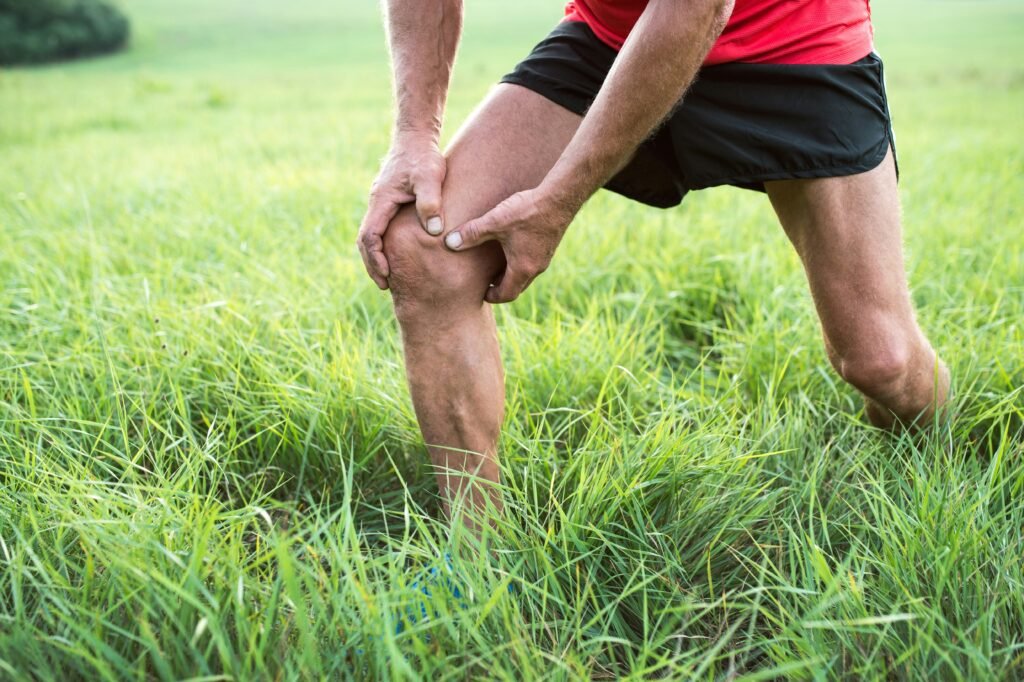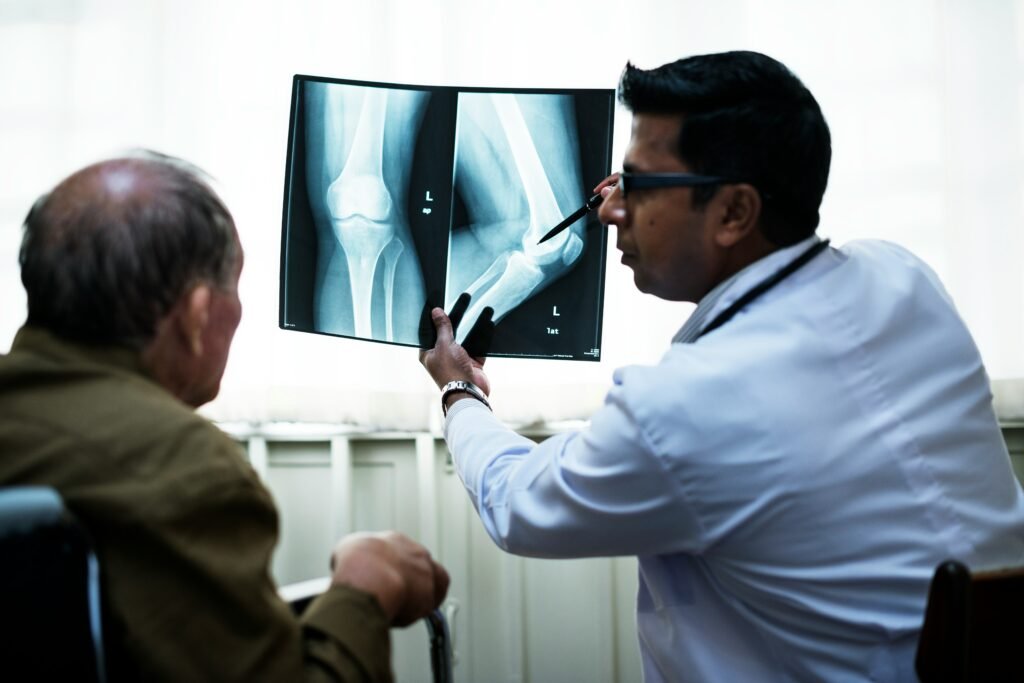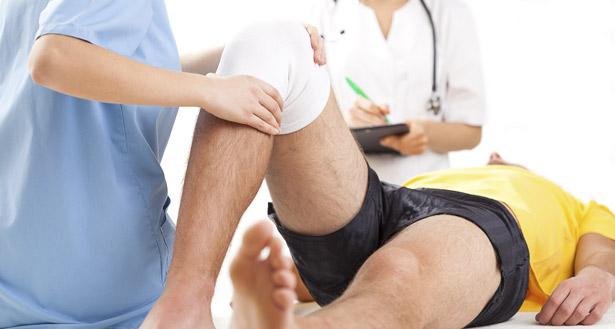Is It Time for Joint Surgery? Early Signs You Shouldn’t Ignore

Joint Pain Is Common — But It Shouldn’t Be Normalized
Joint pain is one of the leading causes of disability worldwide, with more than 32 million Americans suffering from osteoarthritis alone. And yet, millions of people put off treatment, assuming that pain, stiffness, or limited movement are just part of “getting older.”
But here’s the reality: joint pain is not something you should accept, especially when it’s persistent or progressively worsening. Many serious joint conditions begin with subtle symptoms. Left unaddressed, those early warning signs can develop into irreversible damage, permanent loss of mobility, or the need for complex surgery.
This guide will help you recognize the early signs of joint damage, understand what’s causing them, and know when it’s time to seek professional care, before the damage becomes more difficult and costly to treat.
7 Early Signs of Joint Damage You Shouldn’t Ignore
Joint damage doesn’t always start with a dramatic injury. In most cases, it begins quietly with a twinge, a limp, a hesitation on the stairs. Over time, these small indicators add up. Here’s what to watch for:
1. Persistent Pain That Lasts More Than a Few Weeks
Pain is your body’s first warning system. While minor soreness from activity is normal, pain that lingers for more than 2–3 weeks especially without a clear cause may be a sign of cartilage breakdown, inflammation, or underlying joint degeneration.
Expert Insight: Pain from soft tissue inflammation typically resolves within days. If you’re still hurting after rest and ice, you may be dealing with something deeper.
2. Joint Stiffness, Especially in the Morning or After Sitting
Do you feel stiff when you wake up or after sitting for long periods? That’s not just age it’s often a sign of early osteoarthritis, which causes the joint’s protective cartilage to wear down over time.
Unlike soreness from exercise, stiffness from joint damage typically improves with movement but returns again after rest.
3. Swelling That Comes and Goes
Swelling is your body’s inflammatory response to stress, but recurring or chronic swelling in your knee, hip, or ankle may indicate fluid buildup inside the joint. This often occurs due to cartilage loss, ligament strain, or synovitis (inflammation of the joint lining).
Look for swelling that:
- Returns after low-impact activity
- Is accompanied by warmth or redness
- Occurs in the same joint repeatedly
4. Clicking, Grinding, or Locking Sensations
Mechanical symptoms like clicking, catching, or grinding often point to damaged cartilage or loose tissue inside the joint. In more advanced cases, the joint may even “lock” in place due to fragments or bone-on-bone friction.
These sounds aren’t always painful at first, but they’re often a sign that degeneration has begun.
5. Difficulty With Basic Movements
If once-simple tasks like:
- Climbing stairs
- Getting in and out of a car
- Squatting to pick something up
- Walking more than 10–15 minutes
… are becoming noticeably harder, it may be due to loss of joint function, not just weakness or inactivity. Early intervention here can prevent more serious loss of mobility down the line.
6. Favoring One Side or Changing Your Movement Pattern
When your body starts protecting a joint, you may unconsciously limp, lean, or shift weight to the other side. Over time, this causes strain on the opposite limb, your hips, or lower back creating secondary injuries that make recovery even harder.
7. Pain That Wakes You at Night
Night pain is one of the most concerning signs of joint deterioration. If your pain wakes you up, or you can’t sleep due to aching joints, it’s time to seek evaluation. This typically signals moderate to severe inflammation or joint instability.

What Causes Early Joint Damage?
Most joint issues fall into one or more of the following categories:
- Osteoarthritis – age-related cartilage loss affecting the knees, hips, and hands
- Repetitive Use Injuries – from sports, labor, or chronic overuse
- Undiagnosed Past Injuries – minor tears or sprains that never healed properly
- Obesity – excess weight places added pressure on joints, especially knees
- Inflammatory Conditions – such as rheumatoid arthritis or lupus
- Genetic Predisposition – a family history of joint conditions can increase risk
In many cases, joint degeneration is gradual and silent until it’s not.
When Should You See an Orthopedic Specialist?
Here’s a simple guideline: If you’ve experienced pain, stiffness, or movement limitations for more than 2–3 weeks, and they’re not improving, it’s time to consult a professional.
You should also book a consultation if you:
- Have swelling or instability after basic activity
- Feel like your joint is going to “give out”
- Can’t complete normal tasks without pain
- Have already tried physical therapy or pain relief with no improvement
What Happens During an Evaluation?
An orthopedic evaluation typically includes:
- Medical History Review
- Imaging – X-rays or MRIs to identify bone loss, cartilage damage, or tears
- Physical Exam – mobility tests, pressure checks, and pain mapping
- Treatment Plan – which may include lifestyle changes, PT, injections, or surgery
Early-stage damage doesn’t always require surgery. In fact, if caught early, conservative treatment can often prevent it.

Why Early Action Matters
Waiting to address joint pain can result in:
- More invasive procedures (full replacements instead of minor repair)
- Prolonged recovery times
- Weaker surgical outcomes
- Higher total healthcare costs
- Permanent lifestyle limitations
The earlier you seek care, the more options you have and the better your long-term outcomes will be.
A Tale of Two Patients: Late vs. Early Action
- Elena, 52, experienced mild knee pain but waited two years before seeing a doctor. By then, cartilage was completely gone. She needed a total replacement and six months of rehab.
- Mark, 47, booked a consultation after three months of stiffness and occasional locking. His surgeon identified early cartilage wear. With a minor arthroscopic procedure and six weeks of PT, he was pain-free within three months.
Your body speaks to you. Listening early can change everything.
How Mezocare Supports Early Joint Health
Mezocare connects international patients with board-certified orthopedic specialists in Mexico City offering high-quality care, without the high costs of U.S. healthcare.
We provide:
- Free virtual consultations
- Transparent, all-inclusive pricing
- Access to top-tier surgeons and hospitals
- End-to-end coordination and recovery support
- Up to 60% cost savings compared to U.S. treatment
Whether you need a second opinion, conservative treatment, or surgery — we’re here to guide you.
Frequently Asked Questions
What are the earliest signs of joint damage?
Persistent pain, morning stiffness, swelling, grinding, or favoring one side are early warning signs. These symptoms often progress slowly but shouldn’t be ignored.
Can joint damage heal on its own?
Mild inflammation can resolve, but structural issues like cartilage loss or instability typically require medical treatment to prevent worsening.
What’s the difference between soreness and joint damage?
Soreness fades with rest and usually follows activity. Joint damage causes recurring pain, stiffness, or instability, and often worsens over time.
How soon should I see a doctor about knee or hip pain?
If symptoms last longer than two to three weeks without improvement especially if they impact sleep, walking, or movement book a consultation.
Is surgery the only option for joint damage?
Not always. In early stages, physical therapy, injections, bracing, and lifestyle changes may be enough. Surgery is often a last resort but more effective when timed right.
Summary: 5 Signs You Shouldn’t Wait Any Longer
- Pain that hasn’t improved after rest or therapy
- Recurring swelling, stiffness, or grinding
- Difficulty with stairs, walking, or squatting
- Sleep disruptions from joint discomfort
- You’re avoiding activity or compensating physically
Take the First Step
Your joints don’t have to hold you back. Whether you’re unsure of the cause or ready to explore options, Mezocare is here to help.
Schedule your free virtual consultation today and speak with an orthopedic specialist who can help you understand your symptoms and your solutions.



